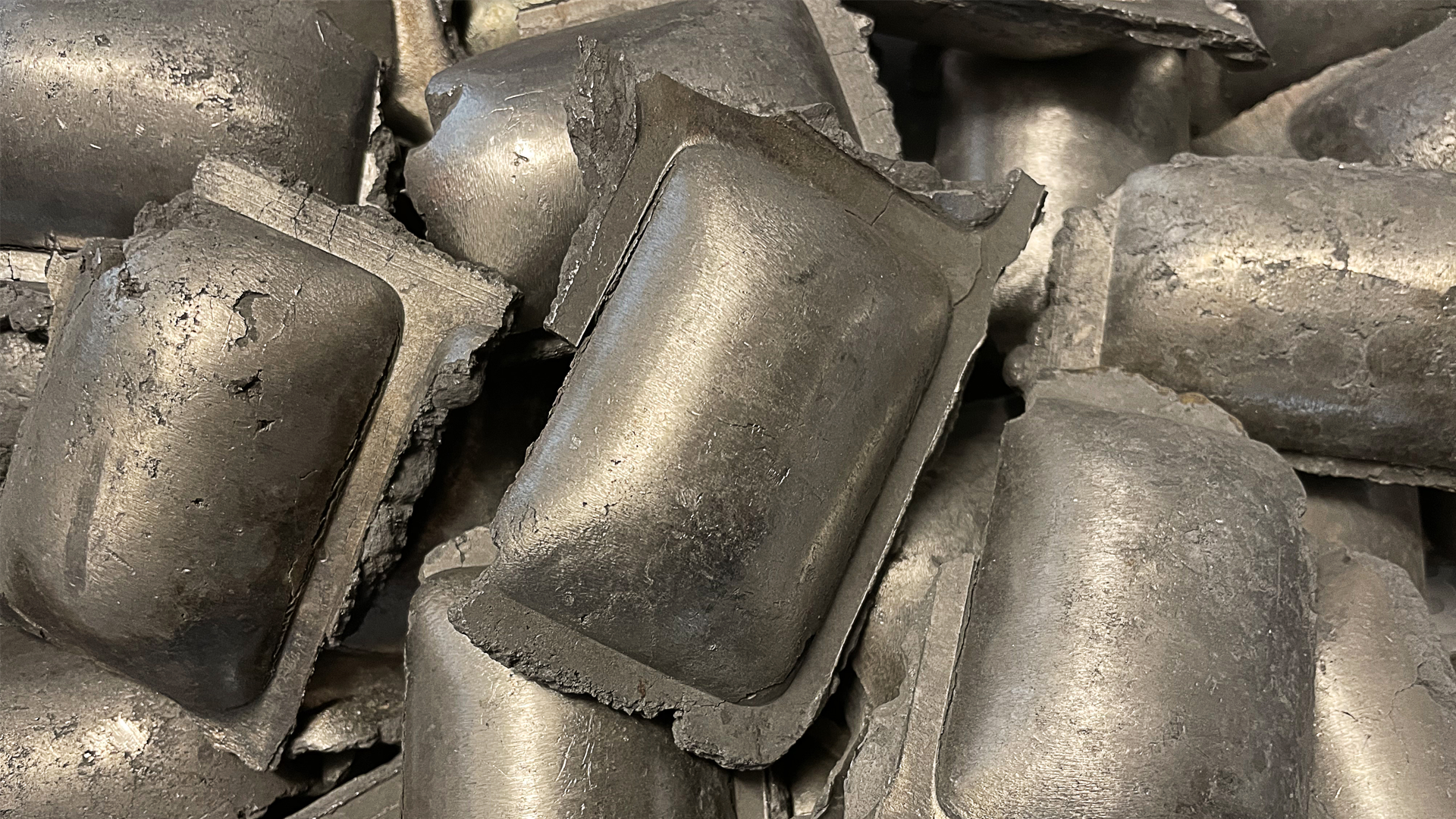Transport Industry 2024: Great Progress Towards a Sustainable Future
Looking back at 2024 and looking ahead to the coming years, I see an exciting development. Change can sometimes feel slow, but we move steadily forward, and every year makes a difference. Heavy truck transport is on a fascinating journey towards a more sustainable and technology-driven future. What has been distinctive and guided the way?
Electrification – No longer just a vision, but reality
Electrification has been a hot topic in 2024, and not without reason. Sweden has made significant progress towards a fossil fuel-free vehicle fleet, and electric trucks are becoming more commonplace. Even though it will be a long journey to achieve full transition, the change is taking place step by step. Although the trucks are already operating, challenges remain regarding social acceptance, infrastructure, and regulations, especially concerning driving time and rest periods for drivers. Making this work in terms of where charging stations are located and that they are available when stops need to be made along a route between A and B is an extremely difficult equation for the transport managers. It is clear that there is still a lot of work to be done before electrification can become standard.
Electrification has already changed the workday of the drivers who operate the vehicles. They work in a quieter environment, but face new safety challenges, especially in urban environments where pedestrians and cyclists sometimes find it difficult to hear electric vehicles.
Emission reductions and climate targets
Greenhouse gas emissions from heavy transport decreased by one percent compared to the previous year. That’s good! But it shows that we still have work to do to achieve the climate goals under the Paris Agreement by 2030. For hauliers and drivers, this translates to increased demands for investments in sustainable and energy-efficient transport. More technological advances need to be made in engine optimisation, fuels, and electrification, but requirements on driving style and optimised route planning are also becoming increasingly important to reduce fuel consumption and thus emissions.
Since December 2023, certain truck combinations of up to 34.5 metres have been allowed in Sweden, which presents great opportunities for volume transport. During the summer of 2024 we saw the first operators to start using these vehicles, and we expect further permitted combinations in 2025, including double-trailers and longer Nordic combinations. Decisions on this are expected in May 2025, and we will keep you updated.
High recruitment needs and new career paths
The transport industry continues to struggle with a considerable need for new drivers, a challenge shared by many European countries. According to Swedish surveys, more than a third of haulage companies plan to recruit, and adult education and employment training offer opportunities to join this important profession. This means that we will be seeing new faces and perspectives in the industry, which is important for a sector where change and adaptation are crucial.
Infrastructure investments
In 2024, the Swedish government presented the bill ‘Vägen till en pålitlig transportinfrastruktur – för att hela Sverige ska fungera’ (Eng: ‘The road to a reliable transport infrastructure – to ensure the whole of Sweden functions’) which shows continued investment in road transport infrastructure for heavy transport. For hauliers and drivers, this means improved roads and more charging stations along the main transport routes. In addition, we are seeing increased focus on digital solutions, such as smart traffic systems, which can increase both safety and efficiency on the roads. Infrastructure investments are crucial for more 34.5-metre combinations and a road network capable of 74-tonne transport (BK4). These investments contribute directly to lower CO2 emissions per transported tonne or cubic metre of cargo.
The heavy road transport of the future – what can we expect?
Looking ahead, we see an industry undergoing continuous development. Electrification and digitalisation will continue to shape the future, but progress requires cooperation among all actors in the heavy transport sector. Truck drivers and manufacturers will need to adapt to new technical requirements and sustainability standards, but this also affords new opportunities that can improve both the work environment and the competitiveness of companies.
In summary, we see that 2024 was a year of major steps towards the sustainable transport of the future. The next five years offer a mix of challenges and opportunities – let’s continue on the green and technology-driven path to a brighter future for heavy truck transport!
Please tell us the topics you would like us to explore, or share a recent success story in your company. We look forward to hearing your ideas!
Recommended reading

Efficiency, Safety, and Sustainable Transport – Top 5 Articles and Insights of 2024

Why is Fossil Fuel-free Steel Important for the Transport Industry?

